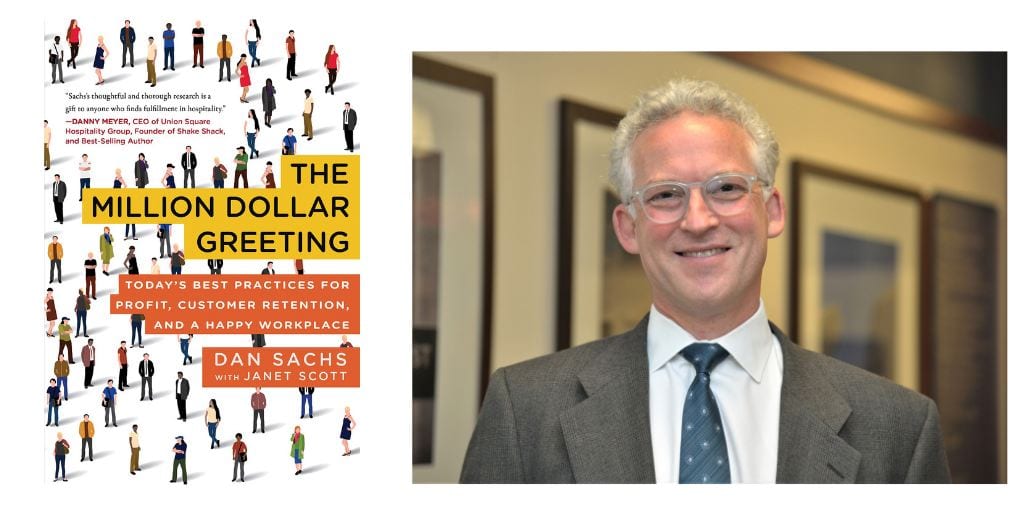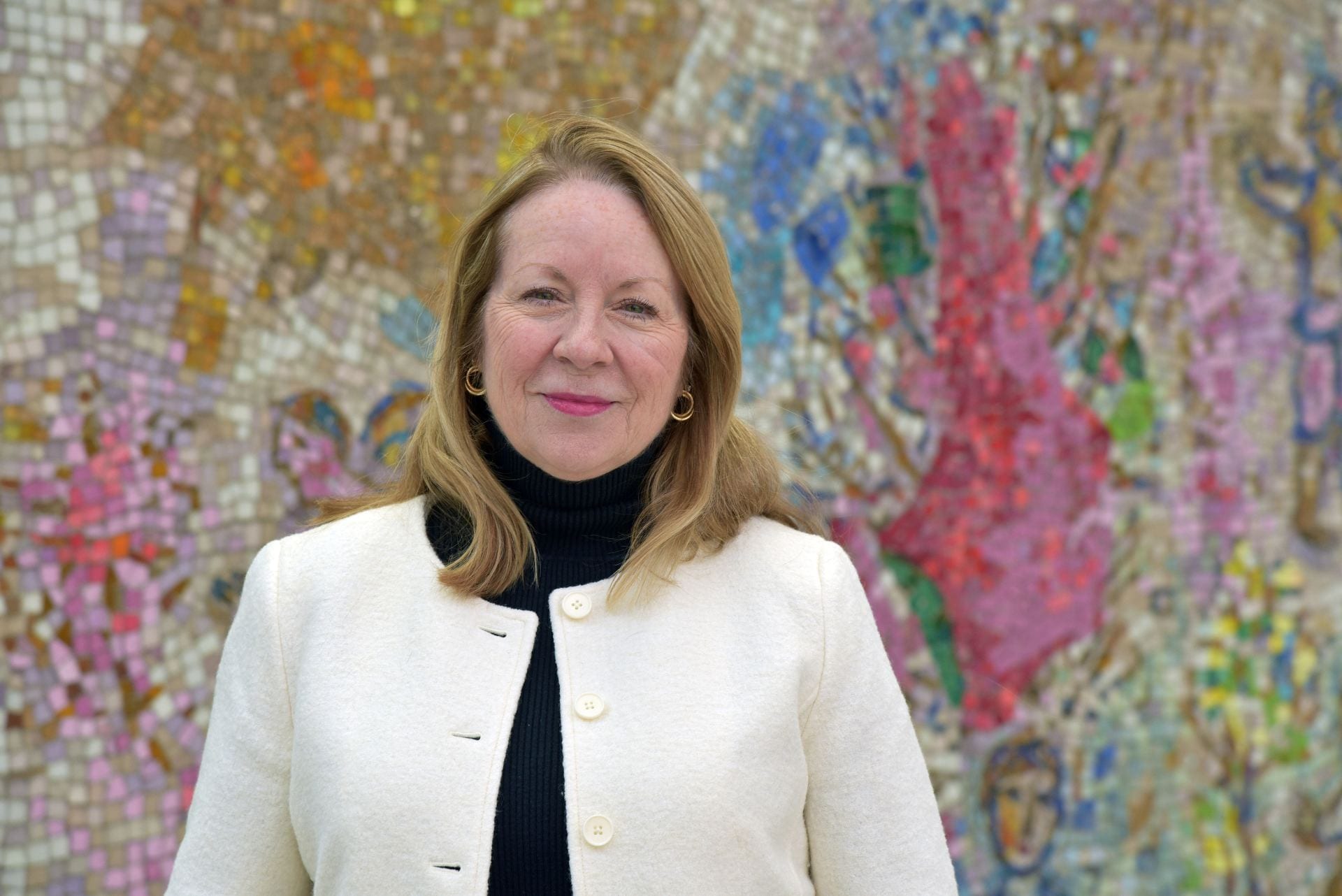
Like NASA, the business world operates in team-based environments. Whether these business-team environments are competitive, volatile or uncertain, they share many similarities with space crews.”
Captain Kirk of the Starship Enterprise was mostly a good leader, according to Neal Outland, a DePaul management and entrepreneurship faculty member who has researched the leadership qualities of real-life astronauts. While not a Trekkie himself, Outland says from what he has seen on the television show, Captain Kirk exemplifies traits shared by successful leaders. Kirk understood the strengths of his crew members (e.g., Scottie in engineering, Dr. Spock in science) and how their expertise could help the team succeed, although the captain occasionally put his team in danger because of his own brashness.
Outland, the winner of a 2017 Illinois Space Grant Fellowship, has worked on two NASA-funded studies with DePaul faculty to understand the individual qualities needed by future astronauts. His current research focuses on the organizational effectiveness of workplace teams and is inspired by his exploration of how astronaut teams develop shared understanding.
“Even though NASA teams operate in some of the most solitary, stressful and extremely dangerous environments, like outer space, the NASA research relates to the business world in many ways,” says Outland. “Like NASA, the business world operates in team-based environments. Whether these business-team environments are competitive, volatile or uncertain, they share many similarities with space crews.”
These similarities involve having strong leadership roles, defined task structures and team self-management, he says. NASA and business teams also face communication issues (or, in space, a lack of immediate communication) that force leaders to make important decisions affecting the group’s success. Based on his research, Outland identifies the following qualities and tips that can help any type of leader and team blast off.
Qualities of Good Leaders
- Self-management. This is the No. 1 quality of a good leader, according to Outland, because it’s difficult to lead or inspire others if you cannot lead yourself. His advice: think critically about yourself and your actions to understand your strengths and weaknesses.
- Ability to share the vision. Good leaders task people with assembling smaller pieces of the puzzle while motivating them to see their part in completing the full picture.
- Intelligence. Higher intelligence generally affords a leader the ability to make sense of situations and quickly process large amounts of information associated with a particular decision. Leaders must have a deep understanding of decision outcomes and how they contribute to achieving the vision. Leaders also are continuous learners, taking time to develop their skills and remain up to date on best practices.
- Excellent soft skills. Leaders don’t do all the work themselves; they get work done through others by communicating their vision and motivating individuals to work together to achieve it. Effective communication skills, tailoring interactions to the individual and managing relationships well are essential for leaders.
Assembling an Effective Team
Team success depends upon how and why the team was formed, Outland says. Based on his research, factors that are important for forming teams include:
- Understanding the context of the team’s work. The amount of work a team may have to do, the complexity of that work and how often the work situation may change are important factors to consider when forming teams.
- Selecting people who will fit well together and in the work context. Choose people who can handle the work and effectively interact with others.
- Creating a supportive environment. Teams need coaching to uncover effective and ineffective patterns of interaction. Leaders need to facilitate discussions about conflicts that may diminish team effectiveness, as well as ensure that teams have all the resources necessary to accomplish their work.
Getting Past the “Third Quarter Phenomenon”
In their NASA research, Outland and his colleagues noticed a pattern affecting some missions in which team performance started to decline once the mission passed the halfway mark. Performance lagged when team members knew they would soon be free from the close quarters and crew members they had been interacting with for months. This change in team behavior is called “third quarter phenomenon.” For teams in the business world, third quarter phenomenon can go in either direction— triggering a slowdown or a flurry of positive activity.
Whether you are flying to the moon or managing a terrestrial work project, Outland’s advice for managing third quarter phenomenon includes:
- Ensure that your team knows success is an option. Teams and individuals need to know that what they are working for is worthwhile. When feeling down, many will look for reasons to not continue, especially if they believe success won’t happen. The leader’s job is to ensure that the team knows that success is still an option.
- Reinstill the vision. Reconnect the team to the ultimate goal of the project. Replay the motivations that sold the project or task to the team in the first place.
- Boost confidence. Remind team members of previous successes, lessons learned and progress toward the ultimate goal. This is important, Outland believes, because it is rare for anyone or any team to do this reflection on their own.
By following this guidance, teams have an opportunity to boldly go where no one has gone before.
By Andrew Zamorski






